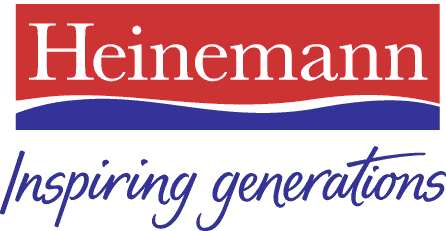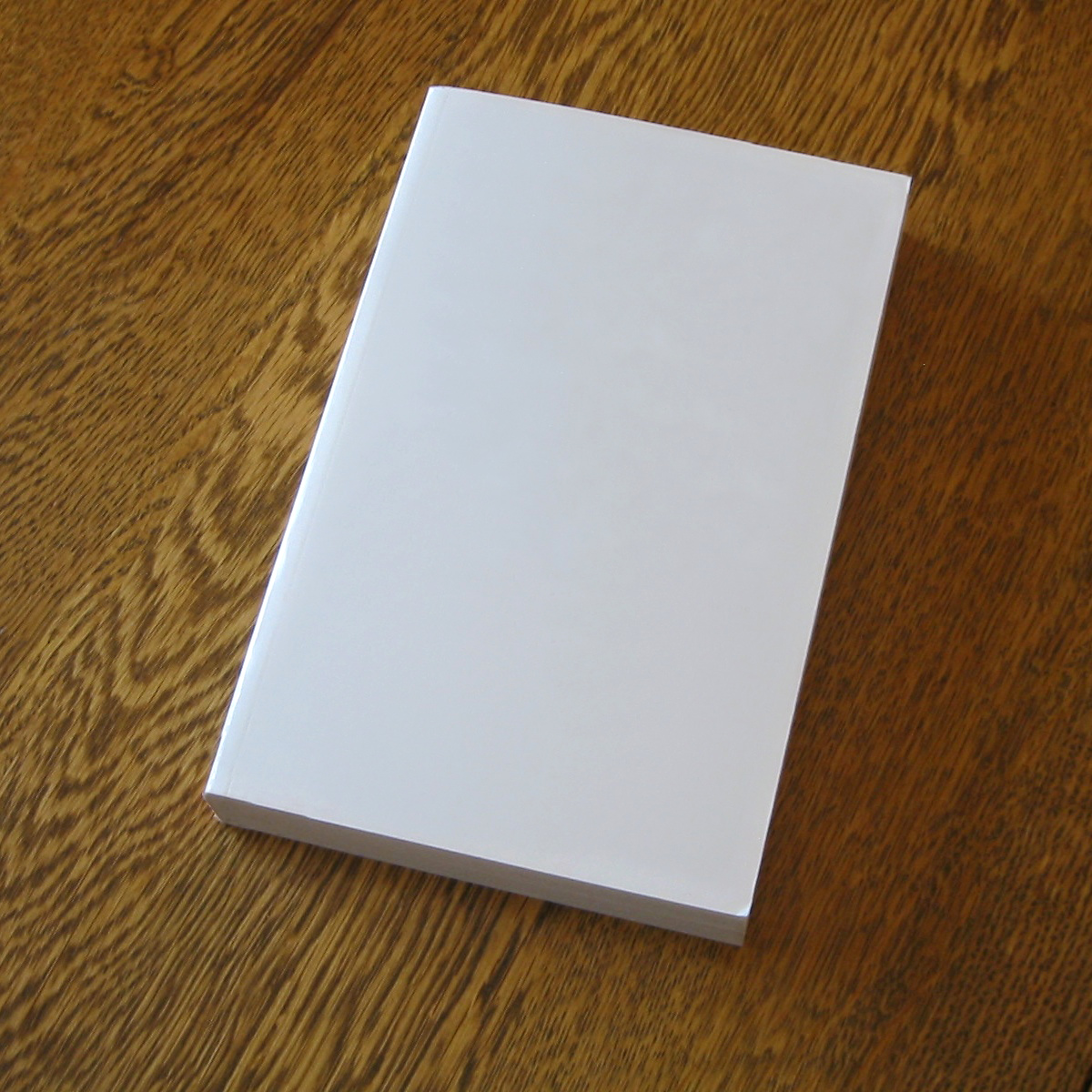|
The Sun Is Not Enough
''The Sun is Not Enough'' (1967) is a novel by Australian writer Dymphna Cusack. Plot summary Martin Belford is a wealthy solicitor who lives with his sister Alice. Their world is disturbed when Carl von Rendt, an escaped Yugoslav war criminal, moves in next door. Carl is kidnapped by the Belford's gardener and charwoman with the intention of returning him to Europe to face justice. Martin and Alice discover the plot and have to decide if the kidnapping is justified or if Carl should be set free. Reviews Helen Brown in ''The Canberra Times'' found much to enjoy in the book but also had reservations: "Miss Cusack's latest novel seems to me one of her best; readable as always and enjoyable because of the human warmth of its author...''The Sun Is Not Enough'' is wholesome fare, a home grown thriller. It would make a good escapist film. But the flavour of truth is almost lost in the chunks of fat and gristle." In a short review in ''The Western Herald'' the reviewer noted the b ... [...More Info...] [...Related Items...] OR: [Wikipedia] [Google] [Baidu] |
Dymphna Cusack
Ellen Dymphna Cusack AM (21 September 1902 – 19 October 1981) was an Australian writer and playwright. Personal life Born in Wyalong, New South Wales, Cusack was educated at Saint Ursula's College, Armidale, New South Wales and graduated from the University of Sydney with an honours degree in arts and a diploma in Education. She worked as a teacher until she retired in 1944 for health reasons. Her illness was confirmed in 1978 as multiple sclerosis. She died at Manly, New South Wales on 19 October 1981. Career Cusack wrote twelve novels (two of which were collaborations), eleven plays, three travel books, two children's books and one non-fiction book. Her collaborative novels were ''Pioneers on Parade'' (1939) with Miles Franklin, and '' Come In Spinner'' (1951) with Florence James. The play ''Red Sky at Morning'' was filmed in 1944, starring Peter Finch. The biography ''Caddie, the Story of a Barmaid'', to which Cusack wrote an introduction and helped the author write, ... [...More Info...] [...Related Items...] OR: [Wikipedia] [Google] [Baidu] |
English Language
English is a West Germanic language of the Indo-European language family, with its earliest forms spoken by the inhabitants of early medieval England. It is named after the Angles, one of the ancient Germanic peoples that migrated to the island of Great Britain. Existing on a dialect continuum with Scots, and then closest related to the Low Saxon and Frisian languages, English is genealogically West Germanic. However, its vocabulary is also distinctively influenced by dialects of France (about 29% of Modern English words) and Latin (also about 29%), plus some grammar and a small amount of core vocabulary influenced by Old Norse (a North Germanic language). Speakers of English are called Anglophones. The earliest forms of English, collectively known as Old English, evolved from a group of West Germanic (Ingvaeonic) dialects brought to Great Britain by Anglo-Saxon settlers in the 5th century and further mutated by Norse-speaking Viking settlers starting in the 8th and 9th ... [...More Info...] [...Related Items...] OR: [Wikipedia] [Google] [Baidu] |
Heinemann (publisher)
William Heinemann Ltd., with the imprint Heinemann, was a London publisher founded in 1890 by William Heinemann. Their first published book, 1890's ''The Bondman'', was a huge success in the United Kingdom and launched the company. He was joined in 1893 by Sydney Pawling. Heinemann died in 1920 and Pawling sold the company to Doubleday, having worked with them in the past to publish their works in the United States. Pawling died in 1922 and new management took over. Doubleday sold his interest in 1933. Through the 1920s, the company was well known for publishing works by famous authors that had previously been published as serials. Among these were works by H. G. Wells, Rudyard Kipling, W. Somerset Maugham, George Moore, Max Beerbohm, and Henry James, among others. This attracted new authors to publish their first editions with the company, including Graham Greene, Edward Upward, J.B. Priestley and Vita Sackville-West. Throughout, the company was also known for its classics an ... [...More Info...] [...Related Items...] OR: [Wikipedia] [Google] [Baidu] |
Hardback
A hardcover, hard cover, or hardback (also known as hardbound, and sometimes as case-bound) book is one bound with rigid protective covers (typically of binder's board or heavy paperboard covered with buckram or other cloth, heavy paper, or occasionally leather). It has a flexible, sewn spine which allows the book to lie flat on a surface when opened. Modern hardcovers may have the pages glued onto the spine in much the same way as paperbacks. Following the ISBN sequence numbers, books of this type may be identified by the abbreviation Hbk. Hardcover books are often printed on acid-free paper, and they are much more durable than paperbacks, which have flexible, easily damaged paper covers. Hardcover books are marginally more costly to manufacture. Hardcovers are frequently protected by artistic dust jackets, but a "jacketless" alternative has increased in popularity: these "paper-over-board" or "jacketless" hardcover bindings forgo the dust jacket in favor of printing the cover ... [...More Info...] [...Related Items...] OR: [Wikipedia] [Google] [Baidu] |
Paperback
A paperback (softcover, softback) book is one with a thick paper or paperboard cover, and often held together with adhesive, glue rather than stitch (textile arts), stitches or Staple (fastener), staples. In contrast, hardcover (hardback) books are bound with cardboard covered with cloth, leather, paper, or plastic. Inexpensive books bound in paper have existed since at least the 19th century in such forms as pamphlets, yellow-backs, yellowbacks, dime novels, and airport novels. Modern paperbacks can be differentiated from one another by size. In the United States, there are "mass-market paperbacks" and larger, more durable "trade paperbacks". In the United Kingdom, there are A-format, B-format, and the largest C-format sizes. Paperback editions of books are issued when a publisher decides to release a book in a low-cost format. Lower-quality paper, glued (rather than stapled or sewn) bindings, and the lack of a hard cover may contribute to the lower cost of paperbacks. Paperb ... [...More Info...] [...Related Items...] OR: [Wikipedia] [Google] [Baidu] |
Black Lightning (novel)
''Black Lightning'' (1964) is a novel by Australian writer Dymphna Cusack Ellen Dymphna Cusack AM (21 September 1902 – 19 October 1981) was an Australian writer and playwright. Personal life Born in Wyalong, New South Wales, Cusack was educated at Saint Ursula's College, Armidale, New South Wales and graduated f .... Plot summary Tempe Caxton is an ageing television presenter who is recovering from a suicide attempt following the end of her career and the breakdown of a love affair. In hospital she learns that her dead son has left a part-Aboriginal child in a north coast town. The novel follows Caxton's journey of discovery into her own family's past and the living conditions of Australia's original inhabitants. Reviews Writing in ''The Canberra Times'' Jean Battersby found that "Miss Cusack enters the fight with courage, sympathy and indignation, but without very much subtlety or skill...Art, properly exploited, is probably the most powerful ally of the social crit ... [...More Info...] [...Related Items...] OR: [Wikipedia] [Google] [Baidu] |
The Half-Burnt Tree
''The Half-Burnt Tree'' (1969) is a novel by Australian writer Dymphna Cusack. Plot summary The novel follows the story of three people living in the fictional NSW north-coast town of Doolinba: a man returned from Vietnam, scarred and damaged; the woman in charge of the local post office, embittered by marriage; and an indigenous boy, orphaned and afraid. Reviews Hope Hewitt in ''The Canberra Times'' found the novel a little lacking in parts: "The Australian background is observed with affectionate care, factual and accurate as it should be, for it is important in the process of rehabilitation. The climax, is well prepared and handled with compassion. Yet the book achieves less than its intentions deserve...No doubt the generalisations within which the story works are intentional: the characters are nameless, "the man", "the woman", "the boy". We are intended to read the story as a general criticism of our society. But this undercuts the deep personal involvement with individu ... [...More Info...] [...Related Items...] OR: [Wikipedia] [Google] [Baidu] |
1967 In Australian Literature
This article presents a list of the historical events and publications of Australian literature during 1967. Major publications Books * A. Bertram Chandler – '' Nebula Alert'' * Jon Cleary – '' The Long Pursuit'' * Kenneth Cook – ''Tuna'' * Dymphna Cusack – ''The Sun is Not Enough'' * Catherine Gaskin – '' Edge of Glass'' * Thomas Keneally – ''Bring Larks and Heroes'' * Eric Lambert – ''Hiroshima Reef'' * Joan Lindsay – '' Picnic at Hanging Rock'' * Tony Morphett – ''Dynasty'' * Barry Oakley – ''A Wild Ass of a Man'' * Katharine Susannah Prichard – ''Subtle Flame'' * Kylie Tennant – ''Tell Morning This'' * George Turner – ''The Lame Dog Man'' Short stories * Beatrice Davis – ''Short Stories of Australia - The Moderns'' (edited) * Frank Hardy – ''Billy Borker Yarns Again'' * Shirley Hazzard – ''People in Glass Houses'' * Douglas Stewart – ''Short Stories of Australia - The Lawson Tradition'' (edited) * Kylie Tennant – ''Ma Jones and th ... [...More Info...] [...Related Items...] OR: [Wikipedia] [Google] [Baidu] |
1967 Australian Novels
Events January * January 1 – Canada begins a year-long celebration of the 100th anniversary of Confederation, featuring the Expo 67 World's Fair. * January 5 ** Spain and Romania sign an agreement in Paris, establishing full consular and commercial relations (not diplomatic ones). ** Charlie Chaplin launches his last film, ''A Countess from Hong Kong'', in the UK. * January 6 – Vietnam War: USMC and ARVN troops launch ''Operation Deckhouse Five'' in the Mekong Delta. * January 8 – Vietnam War: Operation Cedar Falls starts. * January 13 – A military coup occurs in Togo under the leadership of Étienne Eyadema. * January 14 – The Human Be-In takes place in Golden Gate Park, San Francisco; the event sets the stage for the Summer of Love. * January 15 ** Louis Leakey announces the discovery of pre-human fossils in Kenya; he names the species '' Kenyapithecus africanus''. ** American football: The Green Bay Packers defeat the Kansas City Chiefs 35–10 in the First AFL ... [...More Info...] [...Related Items...] OR: [Wikipedia] [Google] [Baidu] |


